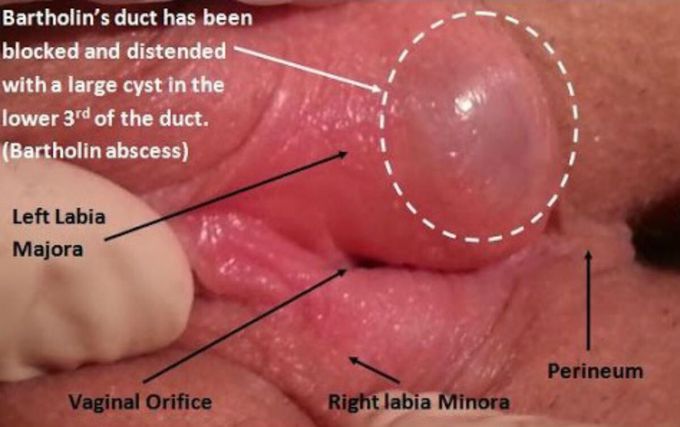


Bartholin Cyst
Fluid builds up in the gland when a Bartholin duct becomes clogged. A Bartholin gland cyst is the name for the clogged gland. (It's also known as a Bartholin duct cyst.) These cysts can be as little as a pea or as big as a marble. They develop slowly in most cases. A Bartholin gland abscess occurs when the Bartholin gland or duct becomes infected. Cysts of the Bartholin gland are usually tiny and painless. Some people might not require therapy. However, if you are experiencing symptoms, you should seek medical attention. You'll require therapy if the cyst is infected. The following are symptoms of a cyst that is not infected: * A non-painful bump in the vulva. * Swelling or redness in the vulva. * Discomfort while walking, sitting, or having sex. * The following are signs and symptoms of an infected cyst: Pain that worsens and makes it difficult to walk, sit, or move. * Fever and chills are present. * Swelling around the vulva. * The cyst is draining. If the cyst is contaminated, it may break open after 3 to 4 days and begin to heal on its own. If the cyst is uncomfortable, though, your doctor may decide to drain it. Antibiotics may also be required to treat the infection. Your doctor may place a tiny drainage tube with a little balloon at one end within the cyst to prevent it from closing and filling up again. The balloon is inflated inside the cyst to keep the cyst open. After the gland has healed, the tube and balloon are removed.


